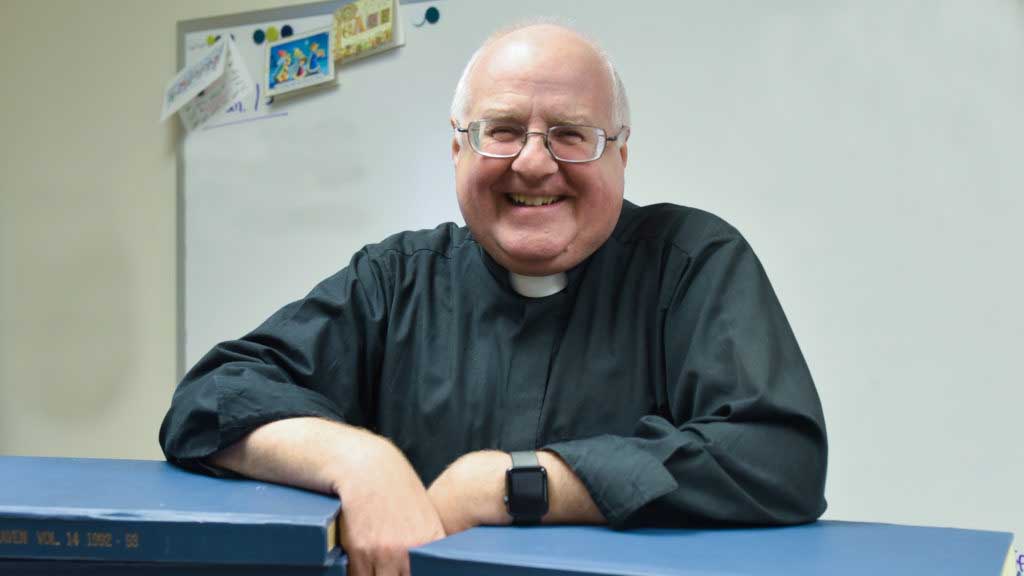
by Father Mark Goldasich
Whenever Lent rolls around, I feel like this reluctant caterpillar:
Two caterpillars were crawling across the grass when a butterfly flew over. They looked up and one nudged the other and said, “You couldn’t get me up in one of those things for a million dollars!”
How do you see Lent? Although meant to be a season that raises us to new heights through the traditional disciplines of prayer, fasting and almsgiving, I tend to see it as 40-plus long days of deprivation. It seems like whatever I “give up” becomes even more attractive, I’m hesitant to give more time to prayer and I experience “charity fatigue.”
Still fresh as well are the memories of Lent 2020, which imposed on us unwanted penances of lockdowns, social distancing and interminable Zoom meetings.
This year, I’m trying hard to see the real intention of Lent: to make us aware not so much of our weakness and sinfulness, but of the God who calls us into a deeper relationship with him.
This story captures better what I’m trying to say:
There’s a Spanish tale of a father and son who had become estranged after years of bitter strife. The son finally ran away. Finding that his son was missing, the father became heartbroken and set off to find him. He searched for months to no avail. Finally, in a last desperate effort, the father placed an ad in the city newspaper. The ad read:
Dear Paco,
Meet me in front of the bell tower in the plaza at noon on Saturday. All is forgiven. I love you.
Your father
That Saturday, 800 Pacos — men and boys — showed up in the plaza, looking for forgiveness and love from their fathers. (Story found in Brain Cavanaugh’s “Sower’s Seeds That Nurture Family Values, Sixth Planting.”)
Can we see Lent as a time to focus on hearing that gentle voice of our forgiving Father, calling each of us back home? Happily, no masks or social distancing are required in this encounter.
I’ll be depending on three guides this Lent to help me. First and foremost, I’ll be reading “Fratelli tutti,” Pope Francis’ latest encyclical. You can get a wonderful introduction to it by reading Msgr. Stuart Swetland’s interview on pages 7-10 of this issue.
Secondly, Jesuit Father Jim Martin has just released his newest book, entitled “Learning to Pray: A Guide for Everyone” (Harper One; 386 pgs.; $27.99). Asserting that everyone can pray and that there are “so many ways, so many practices, so much flexibility,” he then lays out why to pray, what it is and how to do it. Father Martin’s writing style is clear and engaging and will lead readers from rote and formal prayers to “nine types of prayer you may be unaware of” to how to discern God’s voice. I suspect I’ll return to this book time and time again.
Lastly, I’ll be using James B. Janknegt’s “Lenten Meditations.” I became familiar with Janknegt, a Catholic artist who lives in Texas, when one of his paintings appeared on the cover of a “Give Us This Day” prayer monthly. This book consists of 40 paintings based on Jesus’ parables, along with a meditation and a prayer.
Janknegt has a bold and colorful style that “substitutes everyday modern symbols for the ones Jesus used.” His goal is to create paintings that are “visually interesting and faithful to Jesus’ original meaning but set in contemporary America.” You can check out his artwork and purchase the book (or prints) at the website: www.BCArtFarm.com.
So, we have a choice come Lent 2021: Stay a caterpillar or risk being transformed into the butterflies we’re meant to be?

